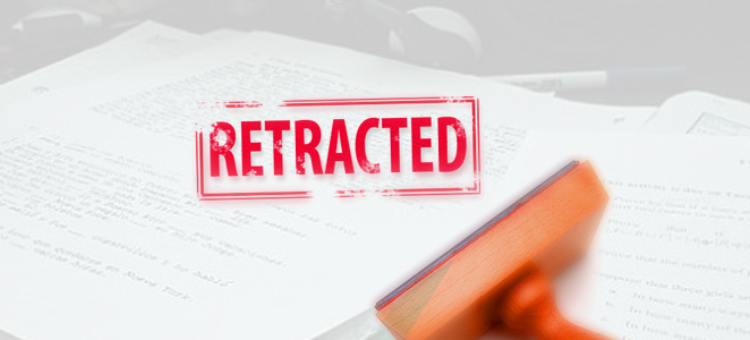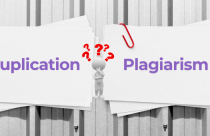When Should a Paper Be Retracted?

Retractions send a clear message that the validity of the paper has been brought into question. The fellow researchers who may be citing that paper, or even worse, moving forward with research based on the retracted study face a lot of issues because of this. They may have to re-visit their research plan, which could lead to extensive loss of time and effort. Since the paper in question will be retracted from print and online versions of a journal, and any associated databases, it would be logical to assume that the journal’s editor or editorial board would make the decision to retract, but that is not always the case. The reason behind the retraction involves various stakeholders involved in academic publishing for various reasons including plagiarism. This could be due to the authors or co-authors retracing the study, journal editors issuing a retraction after complaints from readers, editors-in-chief issuing retractions because of extensive issues reported in the studies, or journal boards issuing retractions because of several studies coming into question, thus affecting the reputation of the journal itself.
Causes for Retraction
Because the retraction of an article will remain on record with the journal database, it puts the reputation of researcher(s) and journal under question. For this reason, the grounds for retraction should be very clear, especially when distinguishing between acceptable human error and intentional academic misconduct.
- Human error: Data collection or classification errors, problematic statistical analysis, and information that is unverifiable under peer review.
- Intentional academic misconduct: Simultaneous submissions to multiple journals, conflicts of interest, fabrication or manipulation of data, failure to comply with research protocols, plagiarism, or salami slicing.
Related: Planning to submit your research paper to a journal? Get it proofread by native experts now!
When the results cannot be reproduced, the journal editor’s response is not immediately clear. It could be a human error, which can be fixed with a correction, or it may be a case of academic misconduct that warrants an immediate retraction. Multiple studies are still in print even after multiple reports and concerns by whistle-blowers. This suggests that editors prefer to err on the side of human error (and avoid a potentially litigious situation) rather than issuing retractions of articles (and risking litigation if the error is innocent and easily fixed). Unfortunately, the percentage of retractions due to misconduct as opposed to human error are increasing, so the apparent reticence by journal editors as a whole seems to imply conflict avoidance rather than any sense of giving the benefit of the doubt to their authors.
The Severity of the Error
Journal editors do not pursue retraction as the first course of action, because it is as much of an embarrassment for the journal itself as it is for the authors of the study. The first preferred option would be a correction to the paper with a subsequent erratum notice published in the journal. This is an acceptable solution if there are specific elements of misinformation (such as names, addresses, typographical errors missed in peer review, or missing data). It is, therefore, advised to proof-read the article for any errors, plagiarism, and other forms of academic misconduct before submitting the manuscript to the journals. Plagiarism checking software and sophisticated plagiarism detection tools and services can help authors and institutions perform a robust plagiarism check before submissions.
However, any evidence of misconduct (like those listed above) or willful non-compliance should lead to immediate retraction.









